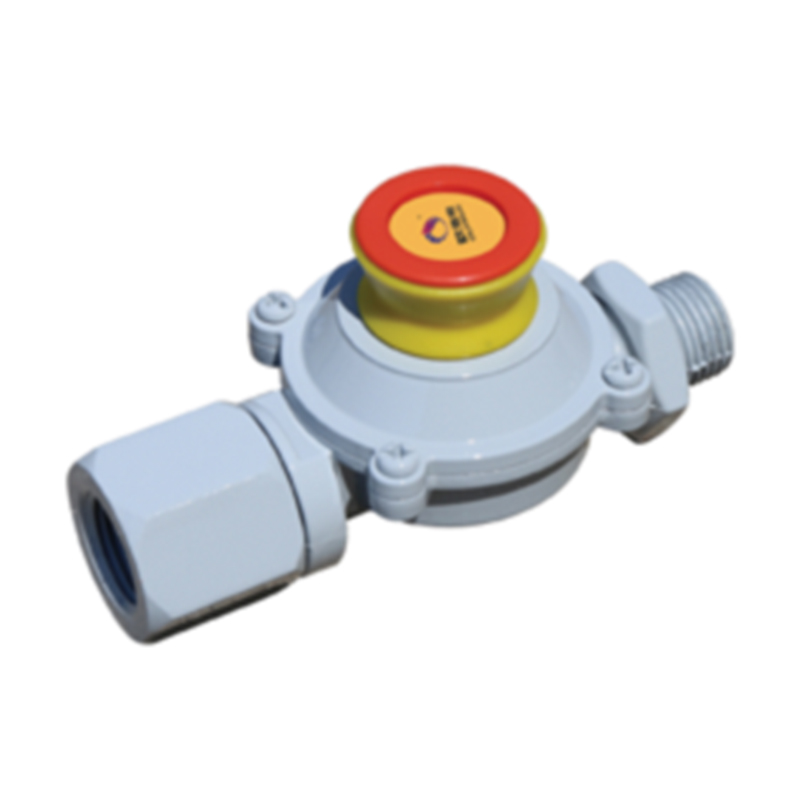
Sep . 21, 2024 23:29
Back to list
gas heat exchanger
Gas Heat Exchangers An Overview of Efficiency and Applications
Gas heat exchangers play a vital role in various industries by facilitating the transfer of heat between two or more fluids, typically gases, without mixing them. These devices are essential in optimizing energy usage, improving process efficiency, and reducing emissions in numerous applications.
One of the primary functions of gas heat exchangers is to recover waste heat from exhaust gases, which would otherwise be lost to the environment. For instance, in power plants, exhaust gases released during electricity generation contain significant thermal energy. A gas heat exchanger can capture this heat and transfer it to incoming air or process fluids, thereby increasing the overall thermal efficiency of the system. This process not only saves fuel costs but also decreases greenhouse gas emissions, helping companies meet sustainability targets.
In industrial applications, gas heat exchangers are widely used in chemical processing, petrochemical facilities, and HVAC systems. They assist in managing temperature control by transferring heat between process streams. For example, in chemical reactors, precise temperature regulation is crucial for optimizing reaction rates and product yields. Gas heat exchangers can efficiently manage these temperatures, ensuring optimal operating conditions.
gas heat exchanger

There are various types of gas heat exchangers, including air-to-air, air-to-water, and gas-to-gas configurations. Each type is designed based on the specific requirements of the application. Air-to-air heat exchangers are common in HVAC systems, where they help in recycling heat from exhaust air to preheat incoming fresh air. Conversely, gas-to-gas heat exchangers are often utilized in industrial processes, such as in flue gas heat recovery systems, to enhance energy efficiency.
One of the key characteristics to consider in selecting a gas heat exchanger is its efficiency, which is influenced by factors such as temperature differential, flow arrangement, and the materials used in construction. Additionally, proper maintenance is crucial to ensure optimal performance. Regular cleaning and inspection can prevent fouling, which reduces heat transfer efficiency and increases energy costs.
As industries face increasing pressure to lower operational costs and meet stricter environmental regulations, the demand for efficient gas heat exchangers is expected to rise. Innovations in materials and designs, such as the use of advanced alloys and compact configurations, are enhancing the performance and longevity of heat exchangers. Furthermore, the integration of smart technologies for monitoring and control allows for improved operational efficiency and customization based on real-time data.
In conclusion, gas heat exchangers are indispensable components in various industrial processes and systems. By enabling efficient heat recovery and management, they contribute significantly to energy savings and environmental sustainability. As technologies continue to advance, the future of gas heat exchangers will likely see even greater improvements in performance and efficiency, solidifying their role in the continued evolution of energy management solutions.
Next:
Latest news
-
Safety Valve Spring-Loaded Design Overpressure ProtectionNewsJul.25,2025
-
Precision Voltage Regulator AC5 Accuracy Grade PerformanceNewsJul.25,2025
-
Natural Gas Pressure Regulating Skid Industrial Pipeline ApplicationsNewsJul.25,2025
-
Natural Gas Filter Stainless Steel Mesh Element DesignNewsJul.25,2025
-
Gas Pressure Regulator Valve Direct-Acting Spring-Loaded DesignNewsJul.25,2025
-
Decompression Equipment Multi-Stage Heat Exchange System DesignNewsJul.25,2025

